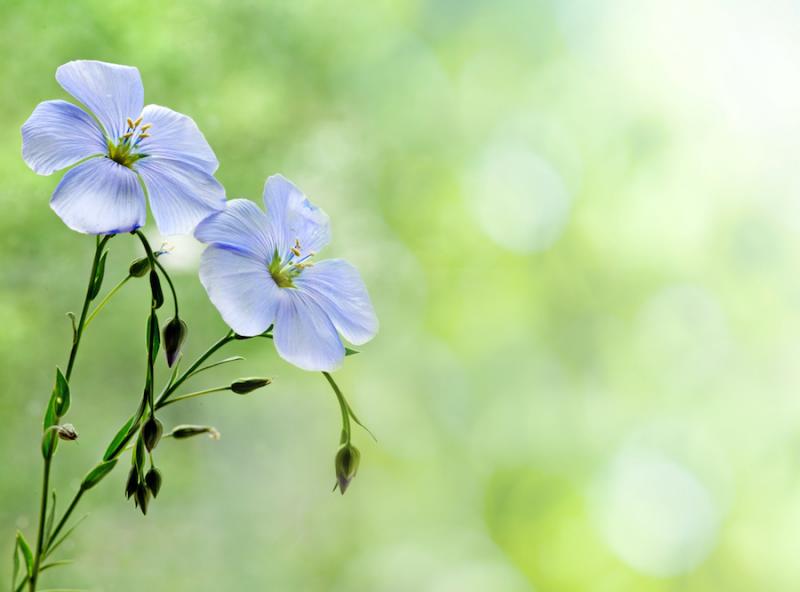- March 29, 2022
The Value of Oats as Medicine
Along with wheat and barley, oats are another excellent example of a grass that is both a food and a medicine. With a long history of cultivation as a food crop, oats originated in three separate geographic regions, Abyssinia, the Mediterranean and China. Today, oats (Avena sativa) are grown in the U.S., Canada, Russia, Turkey, Iraq, UK, Spain, and Germany.The Oat Type The grain (seed) is harvested and milled to produce oatmeal and oat groats. The oat grain is a highly nutritious whole grain that…
- March 22, 2022
Wheat: The Staff of Life
In these days of gluten-free foods, talking about wheat as healthy food, much less as a healing food, might seem strange to some. However, I think there are ways to use wheat both for health and for healing. Definitely not as white flour and probably not in the form of bread or pasta either. I’ll address why I think these foods have become problematic for many later, but for now, I want to lay a continue the discussion I started in the barley article about grasses as food and medicine. The Miracle…
- March 15, 2022
The Health Benefits of Barley
One of the most popular grasses used for it's health benefits is barley. The seeds (grain), sprouts, and grass have all been used for food and healing.
- March 8, 2022
Brighten Your Eyes and Support Your Liver with Lycium
The ancient Chinese saw a correlation between the liver and the eyes. They recognized that sour tasting herbs tonified the liver qi (energy) and also tended to “brighten the eyes,” that is, to aid vision. The herb I’m writing about today, lycium, also known as goji or wolfberry, is one of these herbs. One possible reason for this connection is that the liver and the eyes are the two parts of the body that require the most antioxidant nutrients. The liver needs antioxidants because it generates…
- March 1, 2022
Beets, Blood, and Circulation
Beets are a great food that are also very healthy. They contain compounds that enhance nitric oxide and methylation. This aids circulation, reduces inflammation, and enhances detoxification.
- February 22, 2022
The Health-Building Uses of Carrots
You are probably familiar with the famous saying of Hippocrates, “Let your food be your medicine and your medicine be your food.” When it comes to herbal medicine, there is no clear line where food ends and medicine begins; they exist on a continuum. On the food end, you get more structural and energy-producing nutrients, (fats, proteins, carbohydrates, and vitamins) and less phytochemicals. As you move to the medicinal side, you get more phytochemicals (e.g. tannins, alkaloids, essential oils)…
- February 15, 2022
The Dancing Mushroom
Although I’ve harvested many wild plants, I’m a little nervous when it comes to gathering wild mushrooms. There’s a saying that goes, “There are old mushroom hunters and there are bold mushroom hunters, but there are no old, bold mushroom hunters.” This is because there are many poisonous mushrooms that look like edible ones, so you have to know what you are doing if you're going to harvest these fungi. My only experience with gathering wild mushrooms has been looking for maitake in the…
- February 8, 2022
The Many Benefits of Flax
Flax (Linum usitatissimum) is a beautiful plant, with tall, thin stalks that bear delicate blue to violet flowers. A field of flax in bloom is an amazing sight. But flax is also an extremely useful plant, which has played a variety of roles in many cultures for about 5,000 years. Flax stalks contain a fiber that is used to make linen. Linen is strong, absorbent, and dries faster than cotton, which allowed for the creation of comfortable clothes for hot weather. Linen is mentioned in the Bible as…













